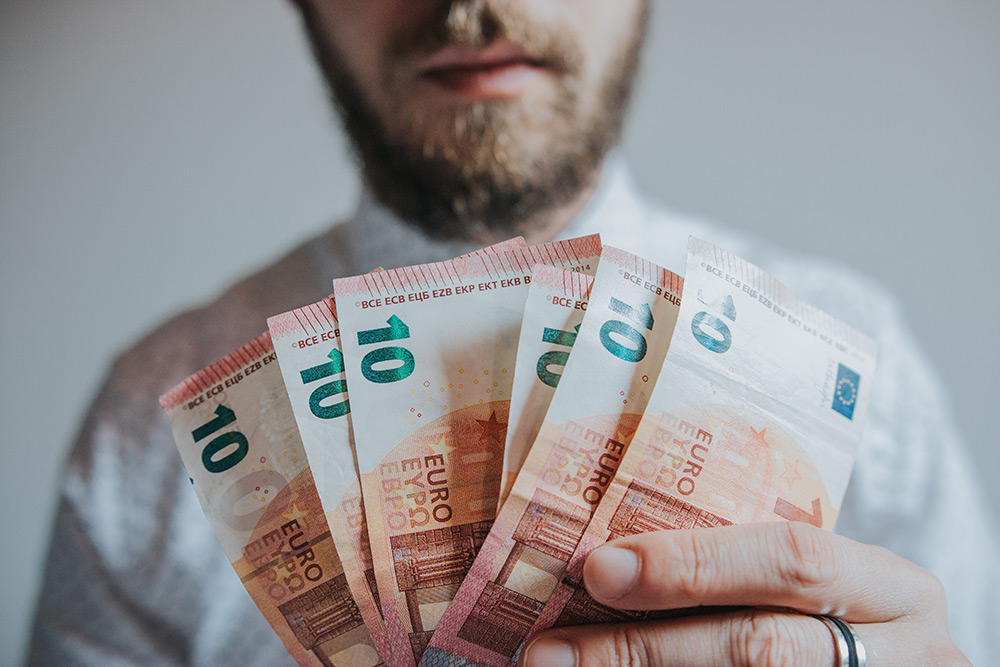How to save money to travel? Organizing your finances to pay for a trip may be a fun and inspiring exercise. It not only helps you get closer to taking your ideal vacation, but it also assists you in forming lifelong financial habits.
While planning a trip while there is a global epidemic may seem a little strange, there are some unanticipated advantages. Giving yourself a specific objective, for example, can be a great source of comfort during these unsettling moments. Here are some tip saving to help you start managing your money wisely so that you can take the trip of a lifetime in the (hopefully not too distant!) future.
How to budget for your ideal trip
The first thing you must do is determine the cost of your trip. To do this, you must decide where you will travel and how long you will stay there. It’s time to go precise once you have this concept in mind. Making an estimate for the following expenses is necessary: the cost of your airfare (both ways!) and your travel insurance.
- The cost of your hotel stay
- Your food and beverage budget
- The price of any excursions and activities you want to do while there.
- The sum you should keep aside as a travel emergency fund
Of course, you won’t be able to achieve an exact sum, but you’ll get a fair idea of the general range. In general, it’s prudent to assume you’ll spend a little more than anticipated in each of these categories to allow yourself a cushion.
Saving money for a trip to Europe
Generally speaking, you should budget about €1500 per month if you’re traveling to a European country. Of course, this will differ from one country to the next, frequently rather significantly. A weeklong trip for two to Amsterdam will typically cost around €1800, whilst a weeklong journey for two to Poland will cost you roughly €800. (flights excluded).
However, keep in mind that it’s always preferable to overestimate than underestimate. Returning home with some extra cash that you can use to start saving for a vacation is the best way to beat the post-vacation blues.
Must Visit my new store Louis Vuitton Outlets
How to plan your trip’s budget?
It’s time to make a budget now that you are aware of how much cash you will require for your vacation. Budgeting may seem dull, but it may actually be very liberating. Knowing your cash flow and adjusting it to fit your demands gives you a sense of independence from your finances, which is especially important during unpredictable economic times.
- Keep tabs on your spending.
You must comprehend where your money goes each month before you can begin budgeting. This indicates that you must begin keeping track of your expenses. Each and every one. This includes keeping track of all of your sources of income and all of your outgoing costs for a 30-day period. By personally verifying your bank statements and adding these numbers to a spreadsheet, you might complete this task. If it sounds like too much work, you might want to think about utilizing a budgeting app instead.
- Distinguish your expenses.
You must categorize your expenses into fixed and variable categories for the following step. All of your expenses that are more difficult to adjust are included in your fixed costs. This includes payments for your rent, debts, and utility bills, among other things. However, whatever you spend that is a little more movable is included in your variable costs. So, all subscription services (such as Netflix and Spotify), any non-essential grocery buying, and clothing shopping fall under this category.
- Reduce your variable costs.
Your variable expenses are by far the easiest to reduce because they are not necessary. You have a variety of options here. To start, think about altering your grocery shopping strategy to significantly reduce your monthly food spending. Making weekly meal plans, purchasing food in bulk, and avoiding shopping while starving could all help you forecast your weekly food expenses in advance.
The next step is to cancel any unused subscription services, change your cell plan to one that is less expensive, and develop the habit of purchasing new products used. If you want to give yourself a challenge, consider committing to not making any purchases on one day each week (besides fixed costs). Although these savings might seem insignificant, they will pile up over time.
- Make use of a special savings account.
It’s crucial to deposit whatever spare cash you start to have each month into a designated savings account. By keeping your savings separate from your daily spending account, you can avoid unnecessarily depleting your savings and increase your likelihood of sticking to your spending plan.
An even better suggestion for increasing your savings? Set up a recurring monthly deposit into your savings account. Once you’ve determined how much you want to save for travel each month, set up an automated bank transfer that will deposit that amount automatically into your savings account each month.
- Track your financial objectives.
It’s crucial to evaluate how straightforward—or challenging—it was to stick to your monthly budget. If you find that you’re having trouble reaching your goals, you might need to cut back on your monthly savings amount or locate a place where you can make some extra money.
However, if you find that you are saving for a vacation more than you anticipated, adjust your budget to reflect this and attempt to save for travel even more. Setting a budgeting goal that is difficult enough to push you to manage your money wisely but not so hard that it feels unattainable and discourages you from trying is the key.
- Remain inspired
Having a thrilling, inspiring end goal to work towards is one of the nicest aspects of figuring out How to save money to travel. There’s no denying that saving for your pension or an emergency fund is vital, but they are much less motivating objectives to work for.
As a result, you might find it helpful to employ some visual aids to adorn your home and keep you on track. You could, for instance, tape a picture of where you’re going on vacation next to your computer or use it as the wallpaper of your phone. You can use these pictures to help you see yourself getting back on track whenever you feel tempted to deviate from your savings objectives.




